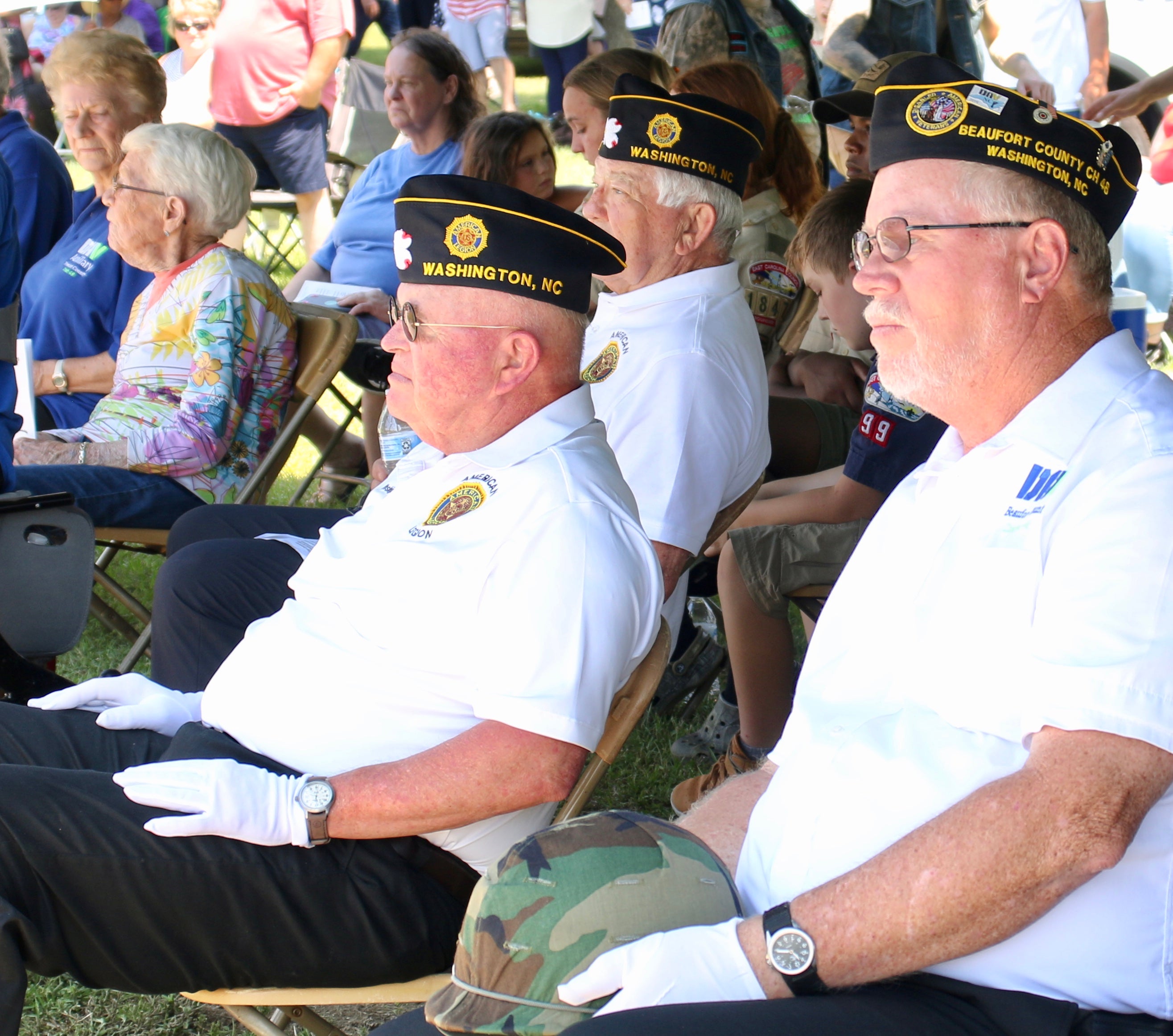More shad is purpose of program
Published 1:45 pm Wednesday, July 18, 2007
By Staff
Two hatcheries in eastern N.C. seeking success
By DAN PARSONS
Special to the Daily News
Since 1998, two eastern North Carolina fish hatcheries have worked to restore the American shad population in the Roanoke River. Recent population samples taken at Plymouth by biologists with state and federal agencies suggest that restoration efforts may be helping the shad population nearly decimated by overfishing and the presence of hydroelectric dams on the river.
The N.C. Wildlife Resources Commission’s Watha State Fish Hatchery in Pender County and the U.S. Fish and Wildlife Service’s Edenton National Fish Hatchery both provide American shad for the restoration program.
Although Evans said he couldn’t speculate on the ultimate success of the restoration program, he identified two main goals the hatcheries are striving to accomplish.
The Watha hatchery alone has an annual production goal of two million fry — small fish between six and 10 days old. The hatcheries truck their fry in special, aerated tanks to two locations at the Roanoke’s headwaters for release. Those destinations — at Weldon and Alta Vista, Va., — are natural spawning sites for the fish, according to Sarah Winslow, a spokeswoman for the N.C. Division of Marine Fisheries’ Elizabeth City office.
Although Winslow said her sampling has revealed relatively little change in the shad population, her samplings are restricted to the Albemarle Sound and its immediate tributaries. The N.C. Wildlife Resources Commission is responsible for all population sampling in the river.
But Evans, whose hatchery biologists sample juvenile, sea-going shad rather than adult, returning fish, thinks there are signs the program is working. Before being released, the fry are immersed in a staining bath that leaves a mark on each fish’s otolith, or ear bone, he said. The mark allows biologists to distinguish hatchery fish from those born in the wild.
The American shad is the largest member of the herring family, according to the NCWRC Web site.
Native to Atlantic river basins, American shad spend most of their adult lives in the ocean. Only adults return to fresh water during the spring, swimming up the Roanoke, Chowan, Neuse, Tar and Cape Fear rivers in North Carolina. These migrations, called “shad runs,” may take spawning adults hundreds of miles to the headwaters of these waterways.



